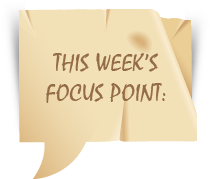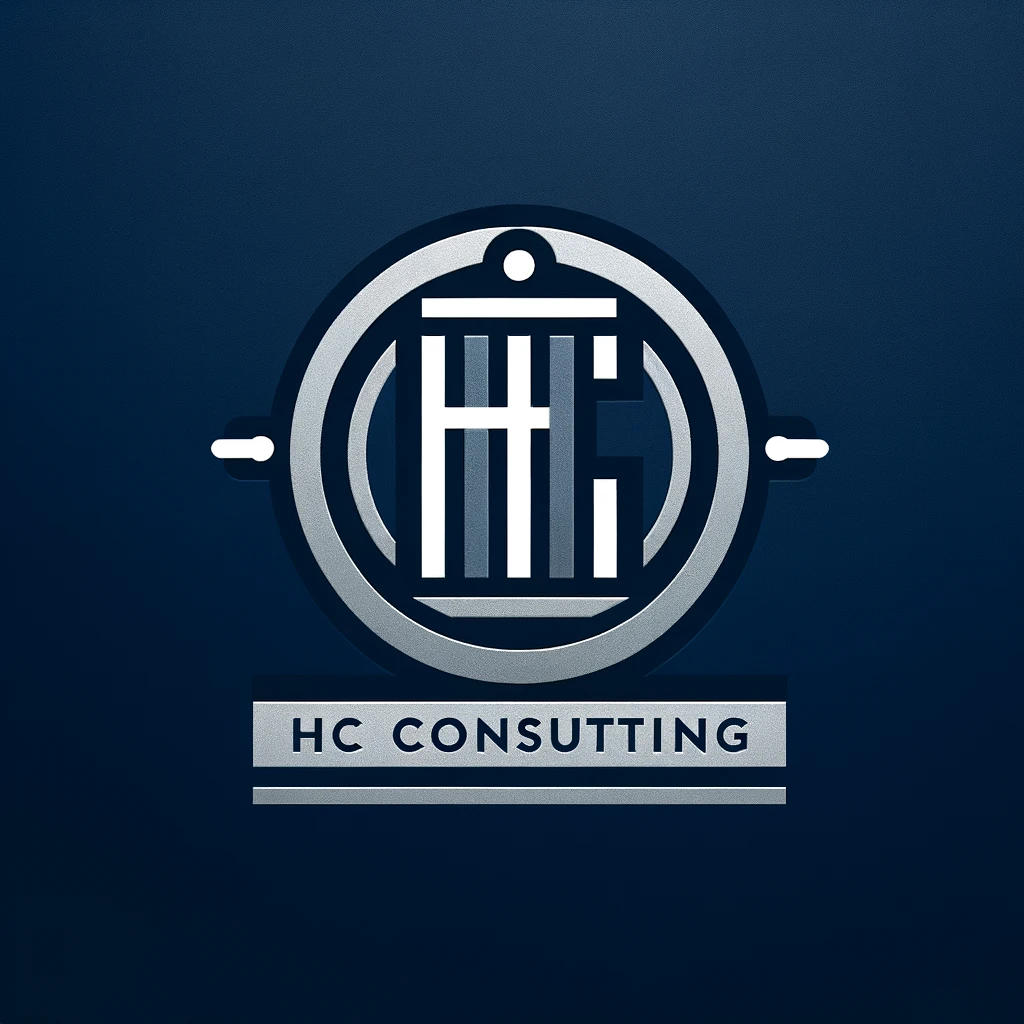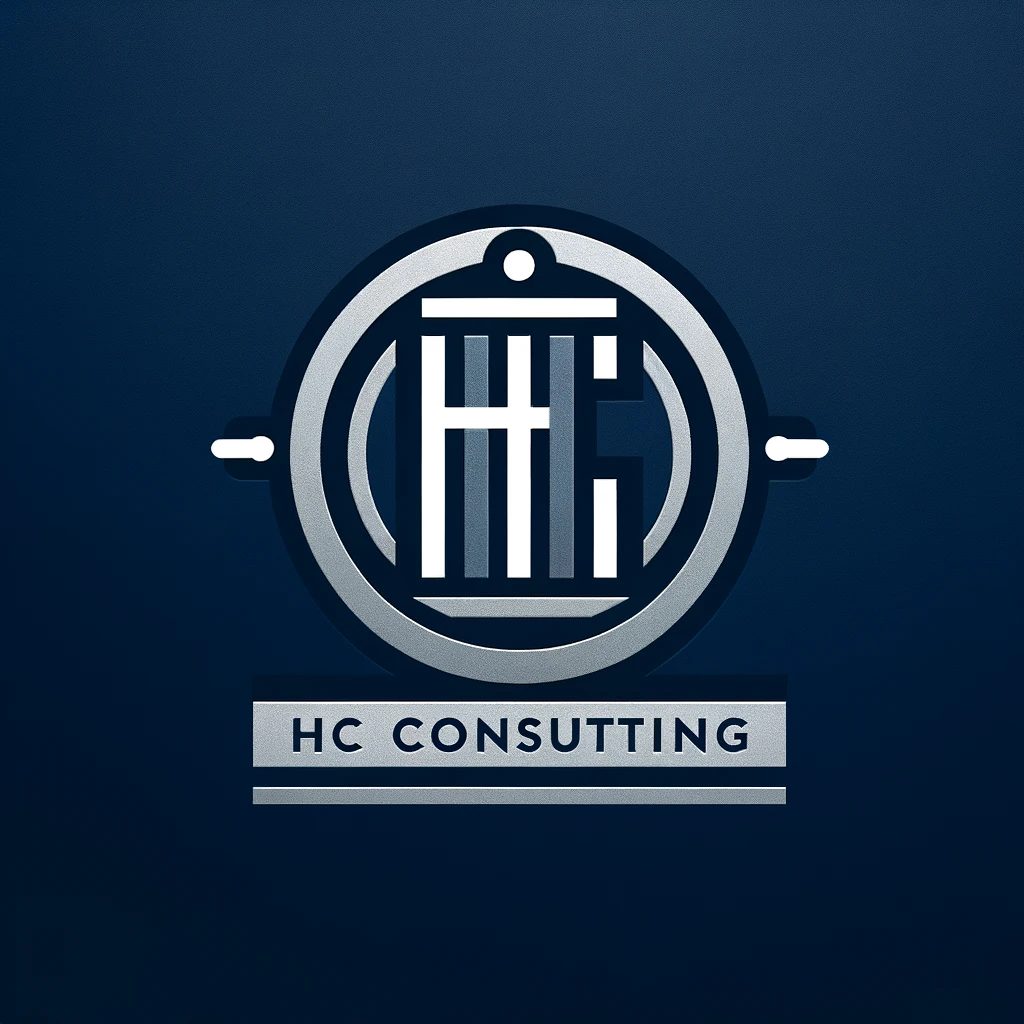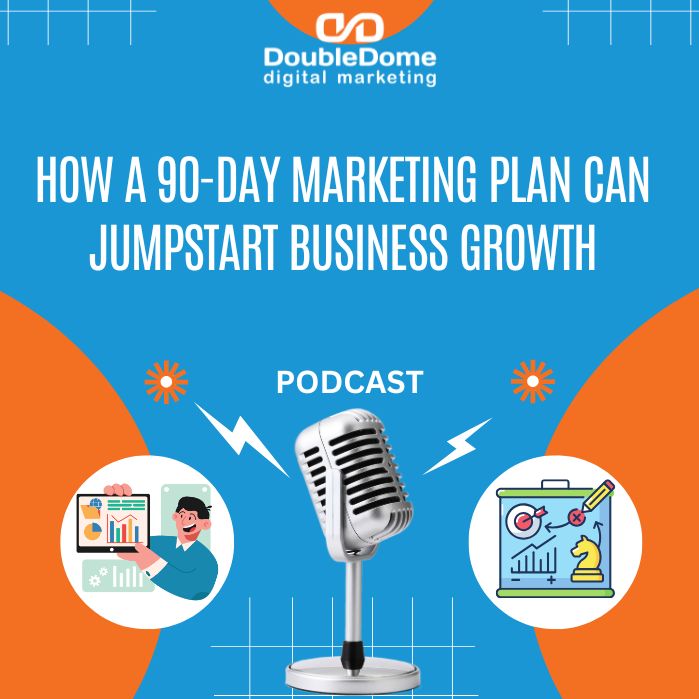
The Fourth of July (Independence Day) celebrates July 4, 1776 which was the Declaration of Independence. “We hold these truths to be self-evident….” came from the magnificent pen of Thomas Jefferson.
The American Revolutionary War did not end until 1783—another seven years—with the Treaty of Paris, enabled by the Battle of Yorktown two years earlier and the surrender of British General Lord Charles Cornwallis to George Washington with the fortuitous arrival of the French fleet off the coast chasing away the British fleet and any chance of escape. (Cornwallis, in heroic embarrassment, decided he was ill and delegated the actual surrender to his second-in-command, which was accepted by Washington’s second-in-command.)
The men known as the “Founding Fathers,” including John Jay, John Adams, and Benjamin Franklin who signed the peace treaty in Paris, had pledged “our lives, our fortunes, and our sacred honor” to the cause, knowing they would all be hanged had America lost the war.
I’ve always contended that these geniuses created a form of government that could even be run by idiots (from either and any party). And I’ve always maintained that we get the kind of government we deserve, at local, state, and federal levels.
We’re a quarter of a century old, the longest lasting democratic form of government. People have consistently wanted to come here. Americans have consistently wanted to stay here.
We’re not perfect. I’ve seen my share of fireworks, they frighten the dogs, and the drunks on the road frighten me. We’ll spend the day at the pool.
And I will thank God, still another time, that I was born here, not because I’m “privileged,” but because I’ve had opportunity.
[Pulitzer Prize-winner Rick Atkinson has released the second book in his trilogy about the Revolution, The Fate of the Day.]

We must be free not because we claim freedom, but because we practice it. —William Faulkner
You have to love a nation that celebrates its independence every July 4th, not with a parade of guns, tanks, and soldiers who file by the White House in a show of strength and muscle, but with family picnics where kids throw Frisbees, the potato salad gets iffy, and the flies die from happiness. —Erma Bombeck
My dream is of a place and a time where America will once again be seen as the last best hope on earth. —Abraham Lincoln
I’m offering during the month of July a fireworks special: Become a lifetime member of AI: Alan Intelligence and you’ll receive a complimentary 45-minute Zoom coaching session (normally $2,000), including recording and summary, AND a 50% discount on my premium membership of $1,250: $600!
and you’ll receive a complimentary 45-minute Zoom coaching session (normally $2,000), including recording and summary, AND a 50% discount on my premium membership of $1,250: $600!
Celebrate your independence from “ghosting,” rejected proposals, being undervalued, and suffering through too much labor.
I just asked my AI (in other words, I asked myself) “How best to promote a new offering to my ideal buyers?” And here’s what I was told:
To effectively promote a new offering to your ideal buyers, consider the following strategies based on the context provided:
- Understand Your Ideal Buyer: Identify who your ideal buyers are by focusing on those who have a true need for your value and can pay for it. They should be individuals who are passionate about your offerings and can benefit from your innovative ideas and process skills.
- Leverage Existing Relationships: Use your current network and ask satisfied clients for recommendations. A pleased buyer should have no hesitation in sharing your value within their company, as long as they are not shortchanged.
- Focus on Value Proposition: Clearly articulate how your new offering enhances the goals of your buyers, both professionally and personally. Demonstrate the value and benefits they will gain from your offering.
- Utilize Onsite Opportunities: When visiting client sites, take the opportunity to market your new offering to potential buyers within the organization. This can be done gracefully by engaging in conversations and showcasing the value of your offering.
- Create Relevant Content: Develop content that resonates with your ideal buyers, such as case studies, testimonials, and success stories that highlight the impact of your offering.
- Engage in Direct Conversations: Initiate conversations with potential buyers by asking questions that test their interest and need for your work. Focus on understanding their goals and decision-making processes.
- Highlight Unique Value: Emphasize the unique aspects of your offering that set it apart from competitors. Avoid focusing solely on methodology or technical details; instead, demonstrate how your offering will make the buyer better off.
By implementing these strategies, you can effectively promote your new offering to your ideal buyers and increase the likelihood of successful engagements.
You can ask for an ideal proposal formant, and then ask the system to fill that format using information you have gathered. Of course, you can first ask the system for what information to gather, and what the best questions are for that purpose! Accelerate your results, brighten your sky!
July only, celebrate the Fourth with $2,625 in benefits for your $600 purchase. And if you do it by the Fourth, I’ll make it $500!
Sign up here: https://alanweiss.com/store/quick-pay/




